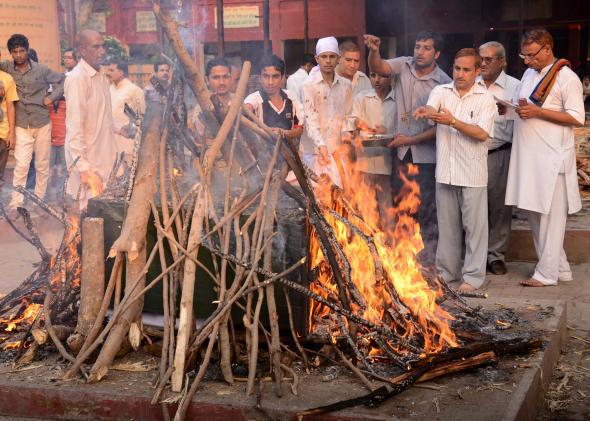Erica Westly of Nature writes on a fascinating ongoing study of mortality in India:
The Million Death Study (MDS) involves biannual in-person surveys of more than 1 million households across India. The study covers the period from 1997 to the end of 2013, and will document roughly 1 million deaths. Jha and his colleagues have coded about 450,000 so far, and have deciphered several compelling trends that are starting to lead to policy changes, such as stronger warning labels on tobacco.
The impetus for the study, led by Prabhat Jha of the Center for Global Health Research in Toronto, is that of the 9.5 million deaths that occur in India each year, about 75 percent occur in homes rather than hospitals, and the data collected on them—particularly in rural areas—is often unreliable. This isn’t a problem unique to India; it’s true of most low- or middle-income countries, where 75 percent of deaths each year occur.
The study has already caused some controvery, finding for instance that the number of malaria deaths in India may hugely exceed estimates by the World Health Organization and other groups.
Other notable findings include the fact that for unclear reasons, Assam and other northeastern Indian states have unusually high death rates from cancer. The study also found that “the suicide rate in Indian women of 15 years and older is more than 2.5 times that for women of the same age in high-income countries.” Poisoning is the most common method for both men and women.
The most common causes of death for Indians aged 30–69 are vascular disease, chronic respiratory disease, tuberculosis, and cancer. This fits with trends in other developing countries, which increasingly make up the majority of deaths from noncommunicable diseases despite the Western donor community’s focus on diseases like malaria and AIDS.
